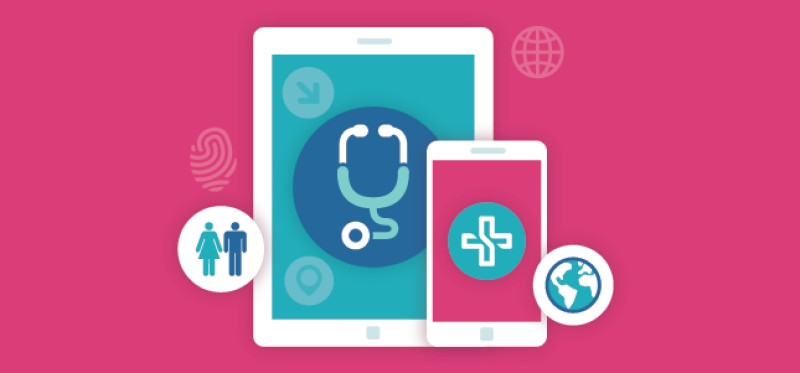The healthcare industry is getting a long overdue digital makeover. Reacting to pressure from consumers’ heightened expectations of digital, omnichannel experiences, healthcare providers are on pace to deliver a channel agnostic view.
But as healthcare companies strive to meet their patients’ evolving expectations and deliver omnichannel experiences that will drive behavioral change, many still struggle to deploy these strategies at scale.
Consumers today have the ability to make an appointment via a mobile device and use sensors to remotely monitor their vital stats. However, many health systems, payers, and pharmaceutical companies still grapple with the growing number of channels and touch points.
Compared to other industries, the healthcare industry is notoriously slow to adopt innovative changes in the patient or member experience. One of the reasons is that the healthcare industry operates on top of a highly fragmented ecosystem that takes a siloed approach to channels and technology, rather than being channel-agnostic and consumer-centric.
Cloud-based solutions can help reduce the friction between IT infrastructure and operations groups. As a Harvard Business Review article predicts, "Over time the economics of building and running a technology infrastructure will favor the cloud over on-premise computing." Cloud-based EHR software is one such solution that is gaining traction as an efficient way to store, share, and update clinical data across organizations in real time. Other cloud-based solutions, such as tools that allow insurance members to check their claim status, are easily deployed with low IT support.
At the same time, it’s important to have a strategy for adding channels and tools incrementally. If every department were to pilot and implement their own apps, for instance, they will end up with islands of data without being able to leverage those insights across the company or even across the customer journey. Invest in the channels that customers are most likely to use before branching out to advanced features.
For example, members may prefer to speak with customer service specialists over the phone but they complain of long wait times and having to repeat their question or information with every call. These experiences are often the result of poor queue management and outdated reporting and skills-based routing. Newer telephony platforms that are integrated with workforce management and CRM platforms allow contact center specialists to deliver more informed and faster services.
Additionally, remember that customers may start with one channel and finish the transaction on another channel, so it’s important to connect those multiple channels. If a member can’t find the right information on a payer’s website, for instance, click-to-call or click-to-chat software can connect the caller with his or her web activity so that the customer service specialist is already aware of which pages the caller has already visited.
And as more data comes online, data security has become a critical issue. While new technologies such as password hash generators and two-factor authentication can provide some protection, companies must also educate employees on security protocols and best practices for reducing data security risks.
Transforming an omnichannel strategy into action takes time, of course. And although these principles only scratch the surface of what it takes to create an omnichannel company, they are fundamental to the journey.
Also, check out the most recent issue of our eNewsletter, Dialogue.
How to Put Omnichannel Strategy Into Action for Healthcare















